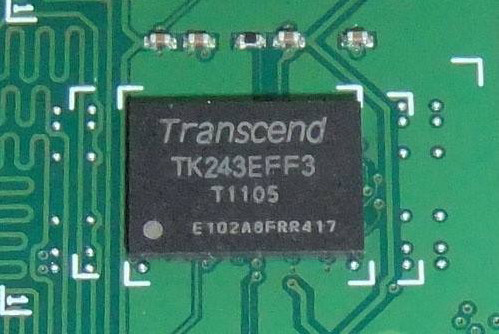Several typical laminated schemes and analysis
After understanding the above basic knowledge, we can draw the corresponding laminated design plan. In general, try to follow the following rules:
The copper layers should preferably be arranged in pairs. For example, the 2, 5 or 3, 4 layers of the six-layer board should be copper together. This is due to the requirement of balanced structure in the process, because unbalanced copper layers may cause PCB board Warpage deformation of the board. The signal layer and the copper layer should be placed at intervals, and it is best that each signal layer can be adjacent to at least one copper layer.

Shortening the distance between the power supply and the ground layer is conducive to the stability of the power supply and the reduction of EMI. In the case of very high speed, you can add an extra ground layer to isolate the signal layer, but it is recommended not to add more power layers to isolate, which may cause unnecessary noise interference. But the actual situation is that the various factors mentioned above cannot be satisfied at the same time. At this time, we must consider a relatively reasonable solution. Several typical laminated design schemes are analyzed below:
First analyze the laminated design of the four-layer board. Generally speaking, for more complex high-speed circuits, it is best not to use a 4-layer board, because it has several unstable factors, both in terms of physical and electrical characteristics. If you must design a four-layer board, you can consider setting it as: power-signal-signal-ground. There is a better solution: the outer two layers use the ground layer, and the inner two layers use the power and signal lines. The solution is the best laminated solution for the four-layer board design. It has an excellent suppression effect on EMI and is also very beneficial to reduce the impedance of the signal line. However, the wiring space is small and it is more difficult for the board with a higher wiring density.
The following focuses on the stack design of six-layer boards. Now many circuit boards use 6-layer board technology, such as the design of memory module PCB boards. Most of them use 6-layer boards (high-capacity memory modules may use 10-layer boards. ). The most conventional 6-layer board stack is arranged like this: signal-ground-signal-signal-power-signal. From the point of view of impedance control, this arrangement is reasonable, but because the power supply is far from the ground plane, it is relatively The radiation effect of small common mode EMI is not very good. If you change the copper area to layer 3 and 4, it will cause poor signal impedance control and strong differential mode EMI. There is also a plan to add a ground plane layer, the layout is: signal-ground-signal-power-ground-signal, so that no matter from the perspective of impedance control or from the perspective of reducing EMI, it can achieve the high-speed signal integrity design needs environment. But the disadvantage is that the stacking of layers is unbalanced. The third layer is a signal wiring layer, but the corresponding fourth layer is a power layer with a large area of copper. This may encounter some problems in PCB manufacturing. When designing, all the blank areas on the third layer can be covered with copper to achieve the effect of an approximate balanced structure.
More complex circuit implementation requires the use of ten-layer board technology. The 10-layer PCB board has a very thin insulating dielectric layer, and the signal layer can be very close to the ground plane. This way, the impedance change between layers is very well controlled. Generally, as long as it does not appear With serious stack design errors, designers can easily complete high-quality high-speed circuit board designs. If the wiring is very complicated and requires more wiring layers, we can set the stack as: signal-signal-ground-signal-signal-signal-signal-power-signal-signal, of course this situation is not our best Yes, we require the signal traces to be laid out in a small number of layers, but to isolate other signal layers with redundant ground layers, so the more common stacking scheme is: signal-ground-signal-signal-power-ground-signal- Signal-ground-signal, you can see that three ground plane layers are used here, and only one power supply is used (we only consider the case of a single power supply). This is because although the power layer has the same impedance control effect as the ground plane layer, the voltage on the power layer is subject to greater interference, there are more high-order harmonics, and the EMI to the outside world is also strong, so it goes with the signal. Like the wire layer, it is best to be shielded by the ground plane. At the same time, if an excess power layer is used for isolation, the loop current will have to be converted from the ground plane to the power plane through the decoupling capacitor. In this way, excessive voltage drop on the decoupling capacitor will cause unnecessary noise effects.